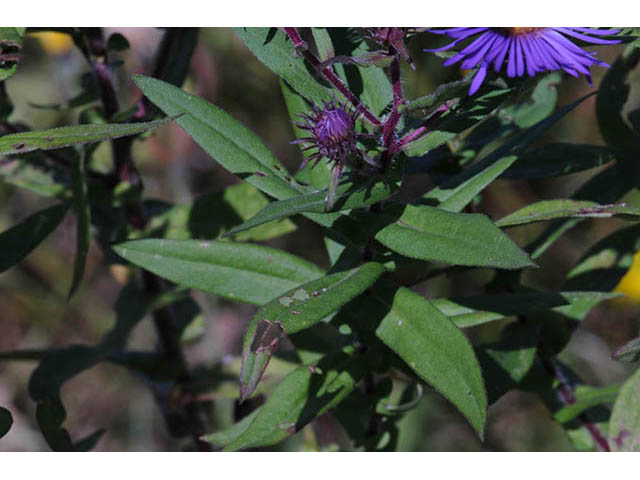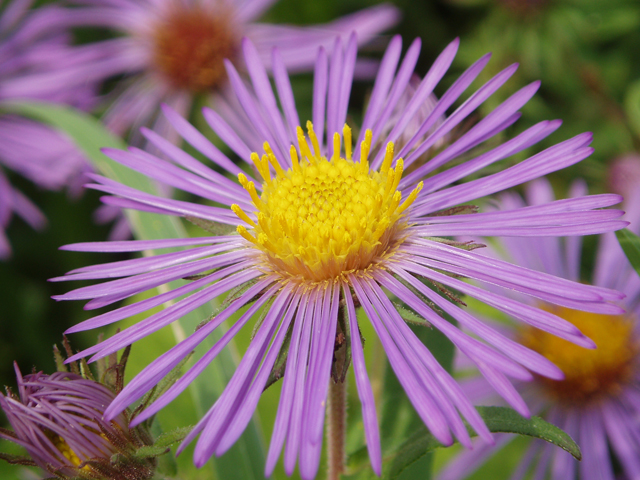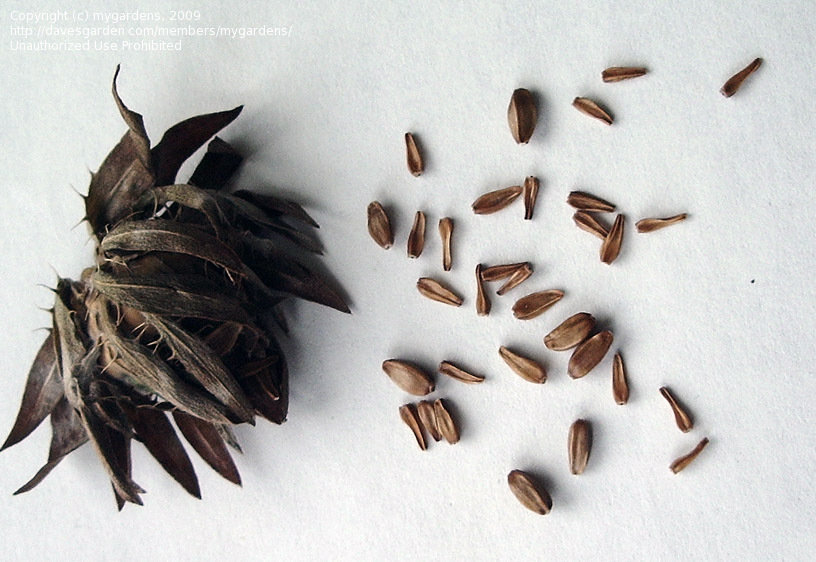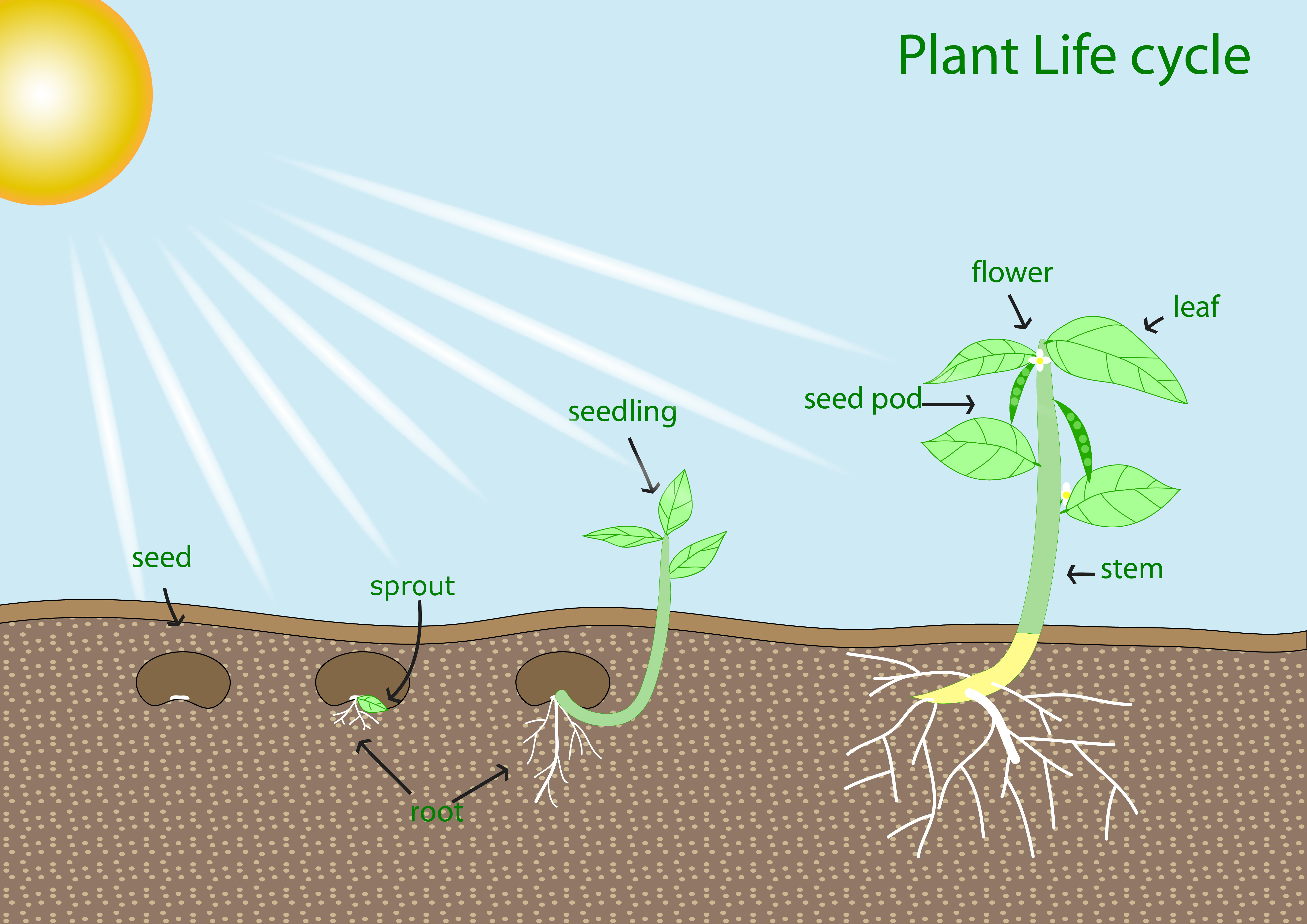Dig into Plants: New England Aster
| New England Aster Other Common Names: New England American-aster Scientific Name: Symphyotrichum novae-angliae Native to Alabama: Yes Alternate Native Species: Drummond's Aster (Symphyotrichum drummondii) Short's Aster (Symphyotrichum shortii) |
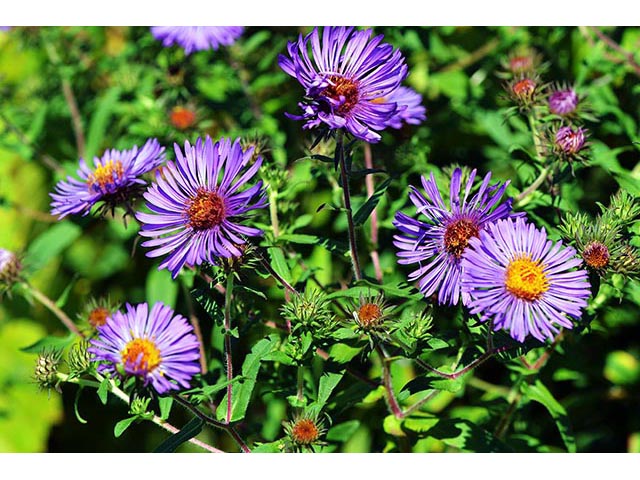 James L. Reveal Click on image to enlarge it |
Learn more about...
| Ecological Benefits |
| This plant provides food for: | |||
 |
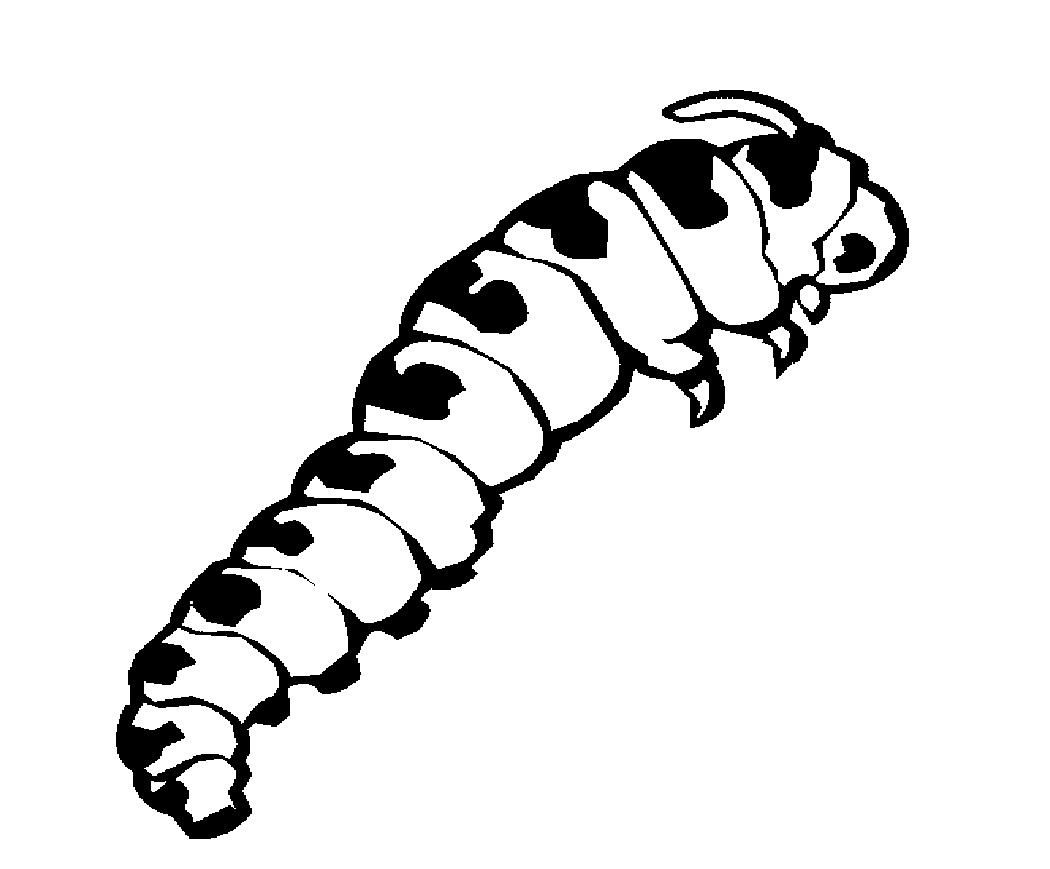 |
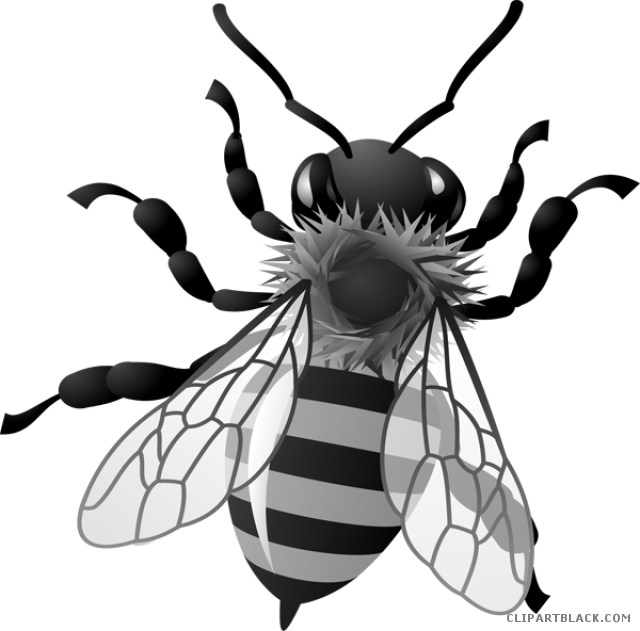 |
 |
| Butterflies | Caterpillars | Native Bees | Other Birds |
| Pearl Crescent Checkerspot Butterflies |
|||
| Other Plants Found in Alabama with Similar Ecological Benefits: |
|||||
| Broad-leaved Aster (Symphyotrichum cordifolium) |
Drummond’s Aster (Symphyotrichum drummondii) |
Rice Button Aster (Symphyotrichum dumosumi) |
|||
|
|
|
||||
| White Heath Aster (Symphyotrichum ericoides) |
Calico Aster (Symphyotrichum lateriflorum) |
Skyblue Aster (Symphyotrichum oolentangiense) |
|||
|
|
|
||||
| Willowleaf Aster (Symphyotrichum praealtum) |
Smooth Blue Aster (Symphyotrichum laeve) |
||||
|
|
|||||
| Leaf, Flower & Seed Identification | ||||
| LEAF DESCRIPTION |
Lady Bird Johnson Wildflower Center
James L. Reveal Click on image to enlarge it |
|||
| Leaf Characteristics Chart (PDF) | ||||
| Shape: Lanceolate |
Margin: Entire/Smooth |
Arrangement: Alternate |
Form: Simple |
|
|
|
|
|
|
|
| Description: | ||||
|
Hairy; broad base and pointy tips
|
||||
| FLOWER DESCRIPTION |
Lady Bird Johnson Wildflower Center
Julie Makin Click on image to enlarge it |
|||
| Flower Shapes Chart (JPG) | ||||
| Color: Pink, purple |
Shape:
Radiate/Ligulate |
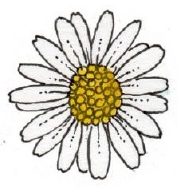 |
Bloom Months: Aug - Oct |
|
| Description: | ||||
|
Each flower on individual stalk; flower head is about 1.5 inches wide with 40 or more bright petal-like ray flowers around a central yellow disk
|
||||
| SEED DESCRIPTION |
Seeds of Stoke's Aster
davesgarden.com - MyGardens2009 Click on image to enlarge it |
||
| Type: Fruit - Dry Seed Pod |
Description: Papery-brown bracts surround nutlets |
Months in Seed: Late Fall/Winter |
|
| Plant spreads by: | |||
| Seeds and Rhizomes/ Tubers/ Roots & Shoots Will spread via roots to form new clumps or via seed |
|||
ADDITIONAL RESOURCES FOR TEACHERS
| Quick Fact Sheet (Condensed Species Info) |
Plant ID Sign: Ready as-is PDF |
Plant ID Sign: Editable Word Doc |
QR Code (Links to this Webpage) |
INFORMATION SOURCES FOR THIS PLANT
 |
|
|
|
|
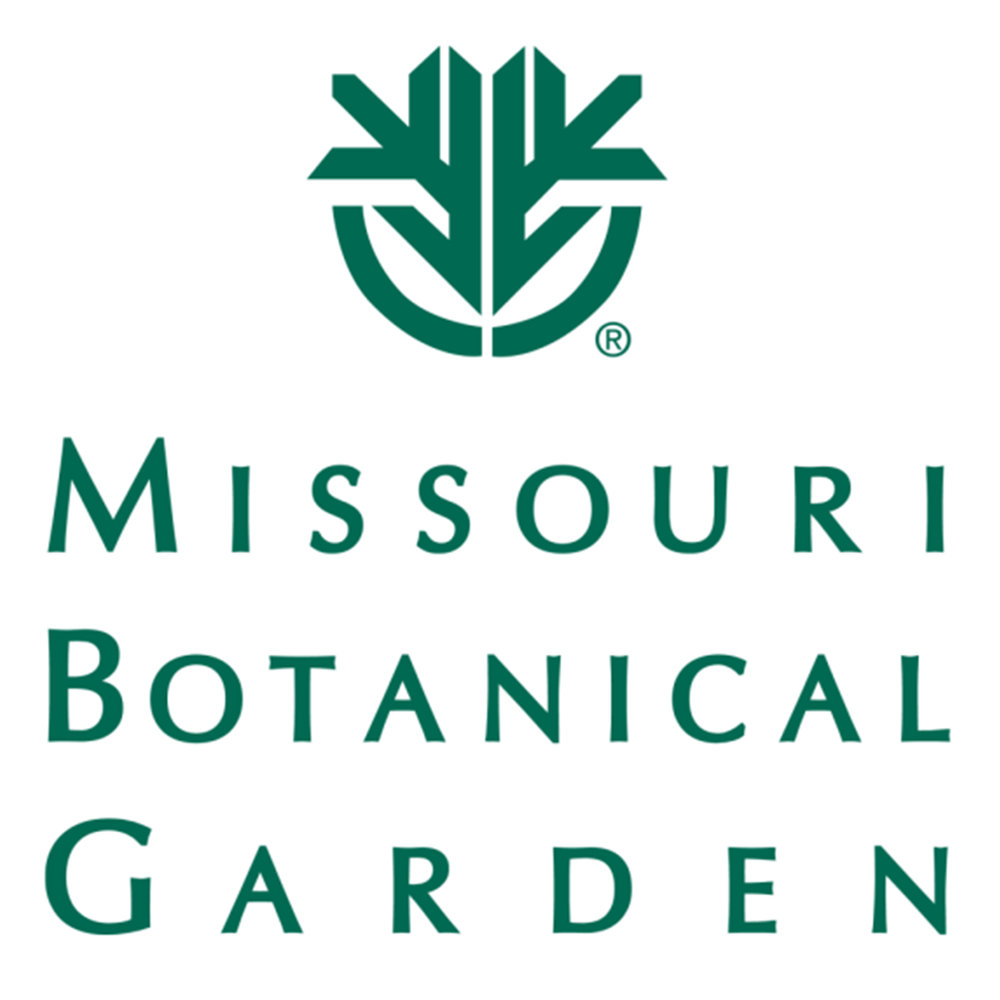 |
|
| |
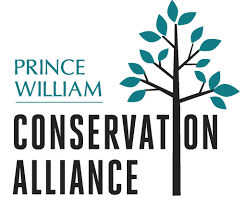 Prince William Conservation Alliance |
 Wildlife Tag
Wildlife Tag






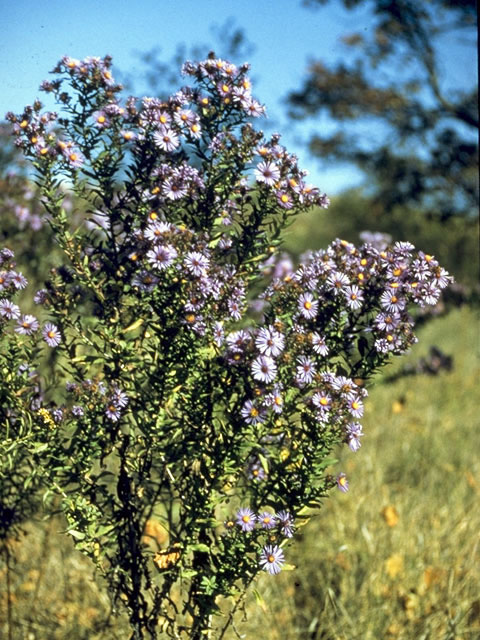


 Well-drained, Sandy, Loamy, Clay, Acidic
Well-drained, Sandy, Loamy, Clay, Acidic